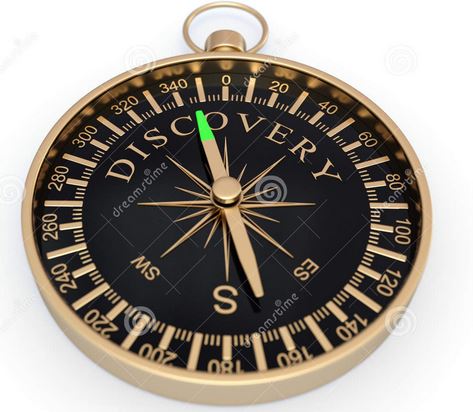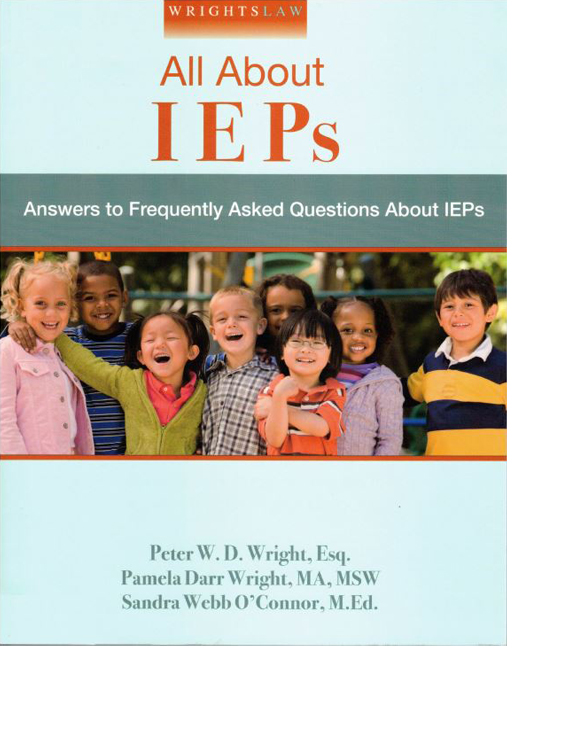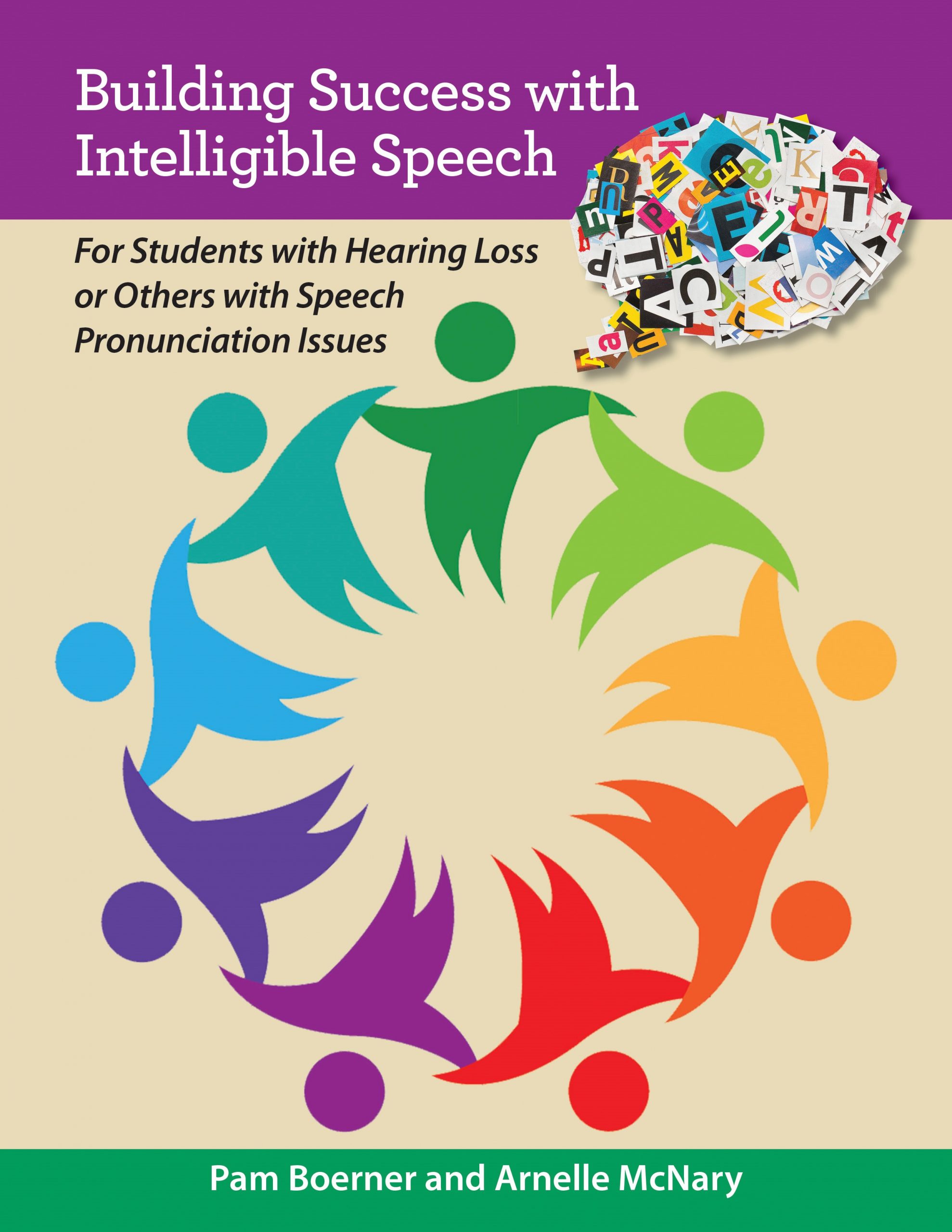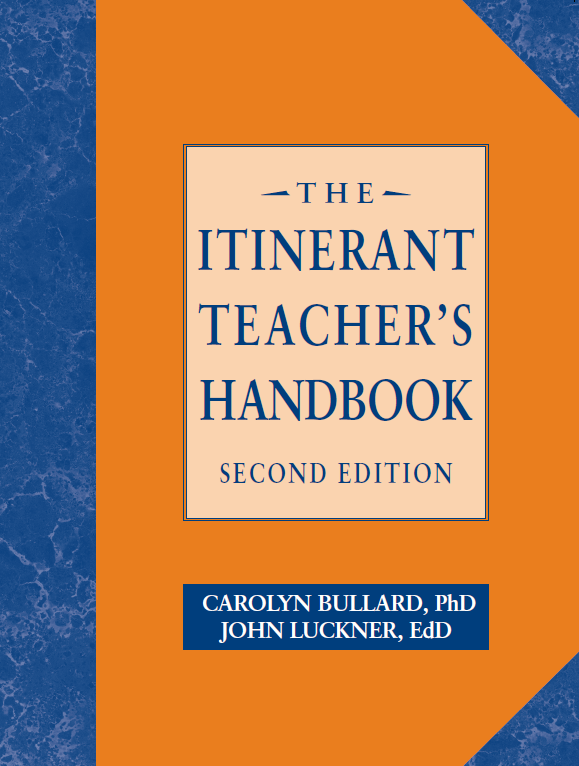Related Products
For Professionals
- Amplification
- Assessment of Student Skills, Challenges, Needs
- Early Childhood: Infants, Toddlers, Preschool
- Hearing Loss – Identification, Impact and Next Steps
- IDEA Law Summary Information
- Language and Speech Development Issues
- Legal Issues in Serving Children with Hearing Loss
- Listening (Auditory Skills) Development
- Planning to Meet Student Needs
- Self-Advocacy Skills for Students with Hearing Loss
- Self-Concept: How the Child with Hearing Loss Sees Himself
- Social Skills
- Speech Perception & Learning
Related Teacher Tools Takeout Items
Planning to Meet Student Needs
Information Under Planning to Meet Student Needs
- Models of Service Delivery
- Evaluation Considerations
- Assessment of Student Skills, Challenges, Needs
- Access via the Americans with Disabilities Act
- 504 Plans
- Accommodations for Students with Hearing Loss
- Monitoring Progress of Skill-Building
- Transition Planning for Adulthood
A Process of Discovery for EACH Student
The idea behind the Individualized Education Plan is that the IEP team would assess the students abilities, obtain information about how he/she is functioning in the classroom, determine the individual’s needs based on mainstream performance expectations and finally develop the IEP.
Some of the questions that the IEP team needs to delve into are:
 What is the impact of the hearing loss on the student’s ability to access verbal instruction and peer communication in the classroom, progress at a rate typical of cognitive peers and be a full participant in the school environment?
What is the impact of the hearing loss on the student’s ability to access verbal instruction and peer communication in the classroom, progress at a rate typical of cognitive peers and be a full participant in the school environment?
- Estimate impact of hearing loss on access not just degree of delay
- Investigate ability to process communication/ instruction not just expressive production
- Explore learning style not just skills achieved
- At the center – ACCESS to communication not just ability to attend
IEP Planning Guide for Students with Hearing Loss
The communication driven, “child-centered” approach is essential to creating educational programming that is DRIVEN BY THE RIGHT TO FULLY AND EFFECTIVELY ACCESS COMMUNICATION that makes benefiting from his education possible. This approach is required by IDEA for students who are deaf/hard of hearing:
The IEP team must….
iv) Consider the communication needs of the child, and in the case of the child who is deaf or hard of hearing, consider the language and communication needs, opportunities for direct communication with peers and professional personnel in the child’s language and communication mode, academic level, and full range of needs, including opportunities for direct instruction in the child’s language and communication mode, and (v) Consider whether the child requires assistive communication devices and services. 34 CFR 303.324(2)
“Lenses” of classroom communication, participation, curriculum and social language competencies
- How much instruction does the student understand?
- What is the student’s level of classroom interaction?
Participation and Social Language Lens
- Is the student participating at a rate similar to peers?
- What strategies or compensatory skills does the student utilize?
- What does the student do when there are learning breakdowns?
- How does the student understand and utilize social language in the integrated setting?
- Are the student’s use and understanding of social language developing appropriately?
Curriculum Lens:
- What strengths and gaps in access were observed when the teacher delivered the instruction?
- What strengths and gaps in access were observed when the peers contributed to the instructional delivery?
- How did the student access the general education curriculum when technology was utilized?
- Did the student demonstrate appropriate progress in the general education curriculum?
This focus of student assessment is different from other school staff that do not have DHH expertise.
Resources for Planning to Meet Student Needs
Relationship of Hearing Loss to Listening and Learning Needs
Assessment of Student Skills, Challenges, Needs
Accommodations for Students with Hearing Loss
- Accommodations via 504 Plans and the Americans with Disabilities Act (ADA)
- Accommodations: Sports and Extracurricular Activities
Issues: Eligibility Determination
Issues: Determining Service Delivery -INCLUDES VARIOUS MATRICIES FOR SERVICE PLANNING
Issues: Provision of Appropriate Assistive Technology/Accommodations





